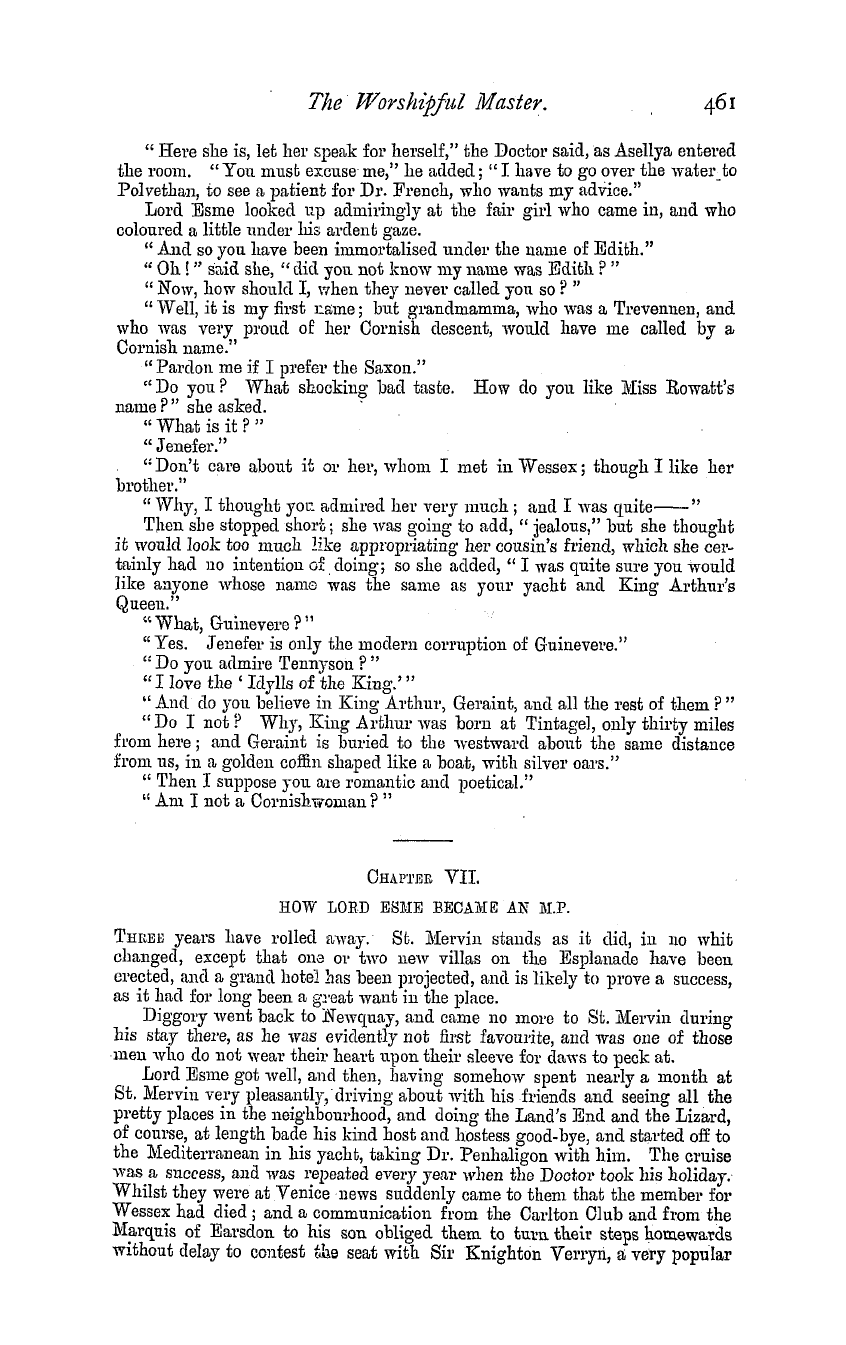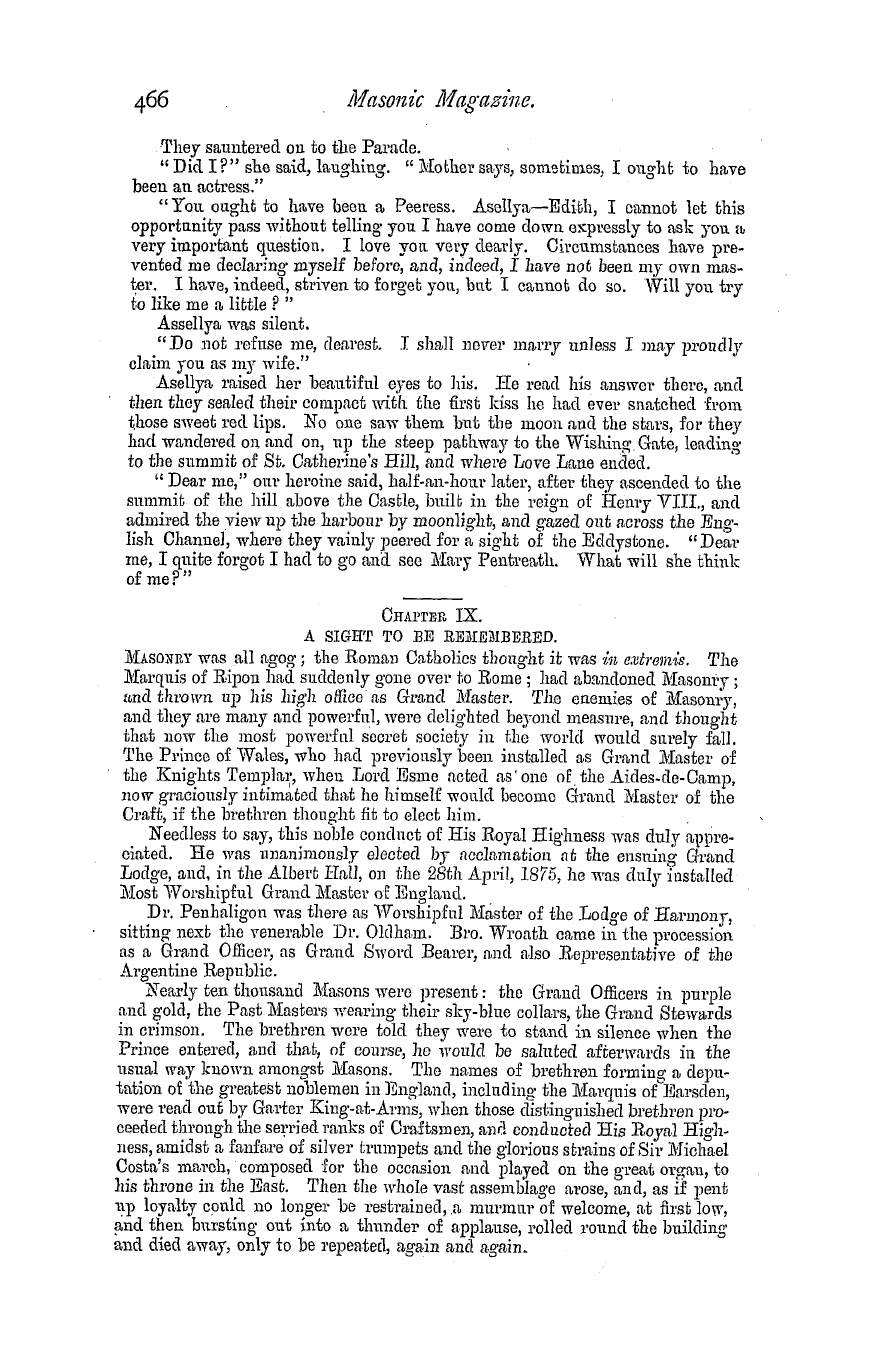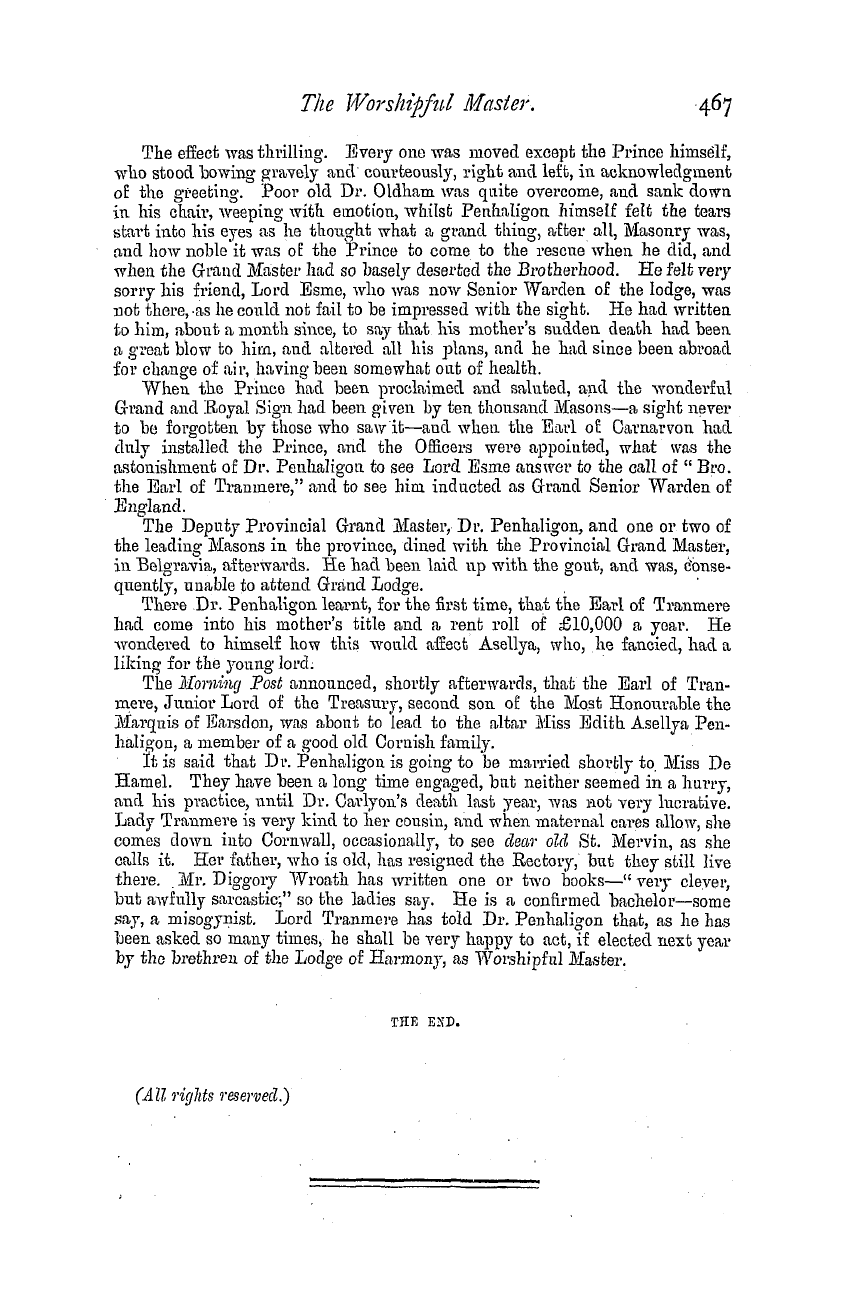-
Articles/Ads
Article THE ANTIQUITY OF STONE BUILDINGS IN ENGLAND. ← Page 3 of 3 Article THE KNIGHTS TEMPLAR. Page 1 of 7 →
Note: This text has been automatically extracted via Optical Character Recognition (OCR) software.
The Antiquity Of Stone Buildings In England.
fraternities in England . But there are two sides to the question , and my paper is not meant to be dogmatic , but only a tentative contribution to true history . Where these gild legends come from who can tell ? They seem to be based on MSS ., if extant , not , so far , discovered by or accessible to us . I have not alluded to the devastations of the Danes , because Athelstan , and Alfredand Edgarancl Edward the Confessorhad done much before the
, , , Norman Conquest to repair , and restore , and rebuild . The Danes , however , though they destroyed churches , etc ., fortified much and did some building in stone . Florence of Worcester gives us in his chronicle a full account of the Danish destructiveness ; and , according to him , Benedict Biscop went no less than four times to Rome , bringing back , as he says , " foreign acquisitions . " That these gilds existed then I think is proved , not only as by Mr . Toulmin
Smith's interesting work , but by the Chronicle of Battle Abbey , which tells us how , soon after the Conquest , there were three gilds in or near the Abbey , and one for the " churles , " which is a very curious fact . There is no reason to doubt the fact , then , that the building gilds existed , though what their exact relation to us Free and Accepted Masons may be and is , constitutes , I admit , a very different ancl difficult question to solve .
The Knights Templar.
THE KNIGHTS TEMPLAR .
[ It lias been thought well to reprint the History of the Templars , by Matthias James O'Conway ( printed by Brown & Merritt , 24 , Church-alley , Philadelphia , 1809 ) , inasmuch as it quotes authorities seldom referred to , and is lucidly and interestingly written . It may afford subject for study to many members of the Templar Order . ED . M . M . J A HISTORICAL EPITOME OI ? THE ORIGINCHARACTERAND PERSECUTION OP THE
, , KNIGHTS TEMPLAR . This Religious and Military Order , whose virtue and prowess emblazon the historical page , and the memory of whose unmerited persecution will evoke the tribute of a sigh from every generous breast , originated in Jerusalem , A . D . 1118 .
HUGH DE PAYENS , Godfrey de St . Aldemar , and seven other French gentlemen , whose names are not preserved in history , moved with the danger to which the pilgrims were exposed on their journey to and from Jerusalem , formed amongst themselves a little society , to serve as a guard to conduct them back beyond the defiles of the mountain , and other dangerous passes . At first it was only a mere association of private persons , who , without ; binding themselves to any rule , or taking the monastic habit , went to meet pilgrims for the above purpose .
borne authors * suppose that those gentlemen were pupils of the Hospitallers , and that they subsisted several years merely by the relief which they received from them . They received from Baldwin II ., king of Jerusalem , a house near the temple , on which account they were called Templars , or Chevaliers of the ' Temple . The king of Jerusalem having made choice of Hugh do Payens to send him to Rome , to solicit for succour , and if possible to obtain a new crusade , this pious gentleman , after having acquitted himself worthily of his commission ,
Note: This text has been automatically extracted via Optical Character Recognition (OCR) software.
The Antiquity Of Stone Buildings In England.
fraternities in England . But there are two sides to the question , and my paper is not meant to be dogmatic , but only a tentative contribution to true history . Where these gild legends come from who can tell ? They seem to be based on MSS ., if extant , not , so far , discovered by or accessible to us . I have not alluded to the devastations of the Danes , because Athelstan , and Alfredand Edgarancl Edward the Confessorhad done much before the
, , , Norman Conquest to repair , and restore , and rebuild . The Danes , however , though they destroyed churches , etc ., fortified much and did some building in stone . Florence of Worcester gives us in his chronicle a full account of the Danish destructiveness ; and , according to him , Benedict Biscop went no less than four times to Rome , bringing back , as he says , " foreign acquisitions . " That these gilds existed then I think is proved , not only as by Mr . Toulmin
Smith's interesting work , but by the Chronicle of Battle Abbey , which tells us how , soon after the Conquest , there were three gilds in or near the Abbey , and one for the " churles , " which is a very curious fact . There is no reason to doubt the fact , then , that the building gilds existed , though what their exact relation to us Free and Accepted Masons may be and is , constitutes , I admit , a very different ancl difficult question to solve .
The Knights Templar.
THE KNIGHTS TEMPLAR .
[ It lias been thought well to reprint the History of the Templars , by Matthias James O'Conway ( printed by Brown & Merritt , 24 , Church-alley , Philadelphia , 1809 ) , inasmuch as it quotes authorities seldom referred to , and is lucidly and interestingly written . It may afford subject for study to many members of the Templar Order . ED . M . M . J A HISTORICAL EPITOME OI ? THE ORIGINCHARACTERAND PERSECUTION OP THE
, , KNIGHTS TEMPLAR . This Religious and Military Order , whose virtue and prowess emblazon the historical page , and the memory of whose unmerited persecution will evoke the tribute of a sigh from every generous breast , originated in Jerusalem , A . D . 1118 .
HUGH DE PAYENS , Godfrey de St . Aldemar , and seven other French gentlemen , whose names are not preserved in history , moved with the danger to which the pilgrims were exposed on their journey to and from Jerusalem , formed amongst themselves a little society , to serve as a guard to conduct them back beyond the defiles of the mountain , and other dangerous passes . At first it was only a mere association of private persons , who , without ; binding themselves to any rule , or taking the monastic habit , went to meet pilgrims for the above purpose .
borne authors * suppose that those gentlemen were pupils of the Hospitallers , and that they subsisted several years merely by the relief which they received from them . They received from Baldwin II ., king of Jerusalem , a house near the temple , on which account they were called Templars , or Chevaliers of the ' Temple . The king of Jerusalem having made choice of Hugh do Payens to send him to Rome , to solicit for succour , and if possible to obtain a new crusade , this pious gentleman , after having acquitted himself worthily of his commission ,













































